 Wooden Transfer Printing door Process for Door and Window Profiles: A Guide for China Door Manufacturers
Wooden Transfer Printing door Process for Door and Window Profiles: A Guide for China Door Manufacturers
As a China fire door supplier, we understand the importance of innovation and efficiency in producing high-quality products. One of the most advanced techniques used in the door and window manufacturing industry is wood grain transfer printing. This process allows us to replicate the aesthetic appeal of natural wood on various profiles, offering a sustainable, eco-friendly alternative to traditional wood. In this article, we will outline the wood grain transfer printing process used for door and window profiles, explaining its benefits and how it can improve the overall quality and appeal of fire-rated doors and windows.
What is Wood Grain Transfer Printing?
Wood grain transfer printing is a process that applies realistic wood patterns onto profiles through a technique called sublimation. This involves the transfer of wood grain designs onto aluminum or other metal profiles that have been previously coated with powder coating or electrophoretic paint. The result is a vivid, three-dimensional wood-like appearance that enhances the aesthetic appeal of doors and windows. Wood grain transfer printed profiles not only look like real wood but also offer the added advantages of being non-toxic, easy to clean, and highly durable—making them ideal for fire-resistant door solutions and other architectural applications.
The Wood Grain Transfer Printing Process
The wood grain transfer printing process can be divided into several steps. Here, we outline the steps for large-scale and customized profiles used in fire doors, windows, and other building materials.
Process 1: Suitable for Large or Custom Profiles
- Selection of Profiles: Start by selecting profiles that have already been powder-coated or electrophoretically painted. The base material must be pre-treated to ensure adhesion and durability.
- Wrapping with Wood Grain Transfer Paper: Wrap the profile with wood grain transfer paper, ensuring that the printed side faces the profile. Secure the paper using high-temperature adhesive tape to prevent it from shifting during the process.
- Vacuum Sealing: Enclose the wrapped profile in a high-temperature, sealed plastic bag. Apply vacuum pressure to ensure the wood grain transfer paper tightly adheres to the profile. Adjust the vacuum pressure to suit the profile’s material and the strength of the plastic bag, typically within 0.3–0.8 MPa.
- Heat Transfer: Place the vacuum-sealed profile in an oven and heat it to a temperature of 160-180°C for 5-8 minutes. This process allows the wood grain pattern to transfer from the paper to the profile via sublimation.
- Post-Transfer Clean-up: After removing the profile from the oven, carefully peel off the plastic bag and transfer paper. Clean the profile to remove any residual material.
Process 2: Suitable for Flat Profiles
- Profile Selection: Choose profiles that have already undergone powder coating or electrophoretic painting.
- Placement of Transfer Paper: Position the wood grain transfer paper with the printed side facing the profile.
- Heat Transfer Application: Use a flatbed heat transfer machine to apply pressure and heat (160–180°C) for 18-25 seconds.
- Peel Off the Transfer Paper: After the transfer is complete, remove the paper and use a PET heat transfer film for additional printing if required.
Process 3: Suitable for Custom Shaped Profiles
- Profile Selection: Choose the pre-treated profiles to begin the transfer process.
- Wrapping with PET Heat Transfer Film: Wrap the profile with PET heat transfer film, ensuring that the printed side faces the profile. Use ultrasonic sealing machines to create a tubular bag from the PET film.
- Vacuum Sealing: Apply vacuum pressure to ensure the film tightly adheres to the profile. The vacuum pressure should be adjusted based on the profile’s characteristics and the film’s capacity.
- Heat Transfer: Place the vacuum-sealed profile into the oven, where the heat (160–180°C) is applied for 5-8 minutes, depending on the depth of the wood grain pattern required.
- Removing the Film: After the transfer is completed, remove the PET film by inflating it with air or using mechanical methods.
Advantages of Wooden Transfer Printing Door and Windows
As a China fire door manufacturer, we recognize the importance of both aesthetics and functionality in fire-rated products. Wood grain transfer printing offers several key benefits for fire-resistant doors and windows:
- Realistic Appearance: The wood grain transfer printing process produces a highly realistic wood texture, providing the beauty of wood without the high cost and environmental impact of using solid wood.
- Durability: Profiles created through this process are highly durable and resistant to wear, making them suitable for use in fire-rated doors and windows, which require long-lasting performance.
- Eco-Friendly: Unlike traditional wood, these printed profiles do not require deforestation, making them a more sustainable solution. Additionally, the materials used are non-toxic and easy to clean.
- Customizable: The transfer printing process allows for a wide range of wood patterns and finishes, making it easy to match different design styles for both residential and commercial properties.
- Fire Resistance: The high-quality aluminum profiles used in fire doors retain their integrity during a fire, providing added protection and ensuring compliance with fire safety regulations.
Conclusion
Wood grain transfer printing is an innovative and effective technique for creating aesthetically pleasing, high-performance fire doors and windows. As a China fire door supplier, Guangdun Fire Door Industry Co., Ltd. is proud to offer Wooden transfer printing door that combine the natural look of wood with the durability and fire resistance required in modern building materials. With this process, we are able to provide our customers with environmentally friendly, cost-effective, and visually appealing solutions for fire protection needs. Whether you are looking for residential or commercial applications, our wood grain transfer printed profiles deliver both beauty and safety, all while meeting the most stringent fire safety standards.
By utilizing advanced manufacturing techniques such as wood grain transfer printing, we continue to lead the market in providing fire-rated doors and high-quality aluminum profiles for fire safety. Reach out to us for more information on our Wooden transfer printing door and how they can enhance the safety and design of your property.
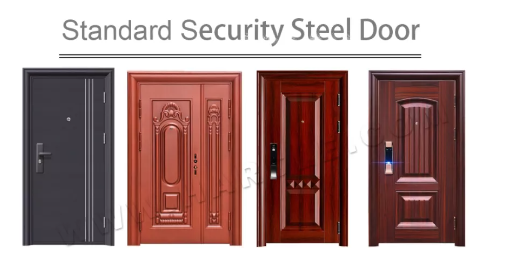
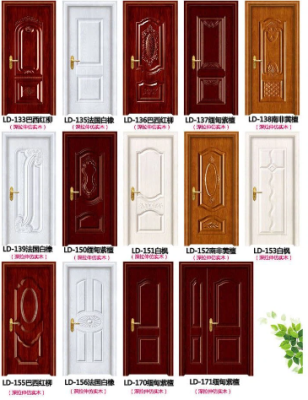
Transfer Printing Doors: Classification, Characteristics, and Shortcomings
1. Classification
Transfer printing doors are categorized into two types based on material and surface treatment:
- Steel Transfer Printing Door: This door is primarily used as a security door, with a surface treatment involving wood grain thermal transfer paper.
- MDF, Solid Wood, or Composite Transfer Printing Door: These doors use wood grain thermal transfer film on the surface, offering a more refined and natural wood-like finish.
2. Characteristics
(1) MDF, Solid Wood, or Composite Transfer Printing Door
- PVC Film Carrier: The wood grain thermal transfer film used on these doors is made from PVC, which ensures that the printed grain remains clear and well-defined, compared to the grain printed on paper.
- Mature Raw Materials: These doors are made using environmentally friendly materials such as original coating glue, printing ink, and PU spray paint, ensuring a safer, more sustainable product.
- Integrated Design: The door structure is uniform and solid, offering better strength and durability.
(2) Steel Plate Transfer Printing Door
- Paper Film Carrier: These doors use wood grain thermal transfer paper, which tends to cause the printed grain to spread, resulting in a less defined and clear pattern.
- Less Environmentally Friendly Materials: The raw materials used in these doors are typically not as eco-friendly.
- Modular Design: Unlike MDF or solid wood doors, steel transfer printing doors are typically not a single, cohesive unit, often compromising the door’s structural integrity.
3. Shortcomings
Despite their aesthetic appeal, transfer printing doors have several limitations:
- Environmental Standards: Transfer printing doors may not meet national environmental protection standards, particularly when non-eco-friendly materials are used.
- Limited Fire, Theft, and Sound Insulation: These doors generally offer poor fire resistance, inadequate security against theft, and limited sound insulation properties, making them unsuitable for certain applications.
- Physical Durability: The surface coating of transfer printing doors has weaker physical properties, leading to issues like chipping or scratching more easily than other types of doors.
- Lack of Three-Dimensional Grain Pattern: The wood grain pattern lacks the depth and texture of natural wood, giving it a less realistic appearance.
- Fading and Paint Issues: Transfer printing doors are prone to fading over time, and their paint may peel or wear off, reducing their aesthetic quality.
- Vulnerability to Rust: The interior structure of transfer printing doors, particularly those made from steel, can rust easily, especially if exposed to moisture.
- Lack of Real Wood Grain: Despite the appearance of wood grain on the surface, these doors do not feature actual wood, which can affect both their aesthetic and tactile qualities.
- Limited Lifespan: The durability of transfer printing doors is generally lower than that of solid wood or metal doors, meaning they may need to be replaced more frequently.
Conclusion
While transfer printing doors offer an attractive and affordable alternative to solid wood doors, their shortcomings in terms of environmental impact, physical properties, and overall longevity may limit their suitability for certain high-performance applications. It’s essential for manufacturers and consumers alike to carefully consider these factors when selecting doors for specific needs.

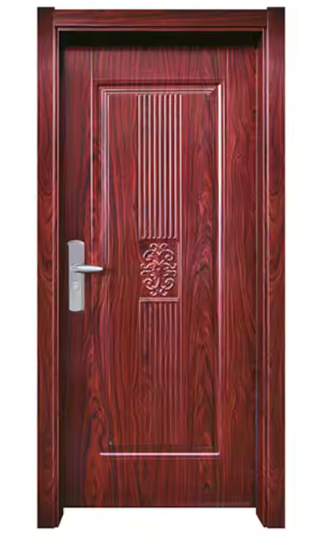
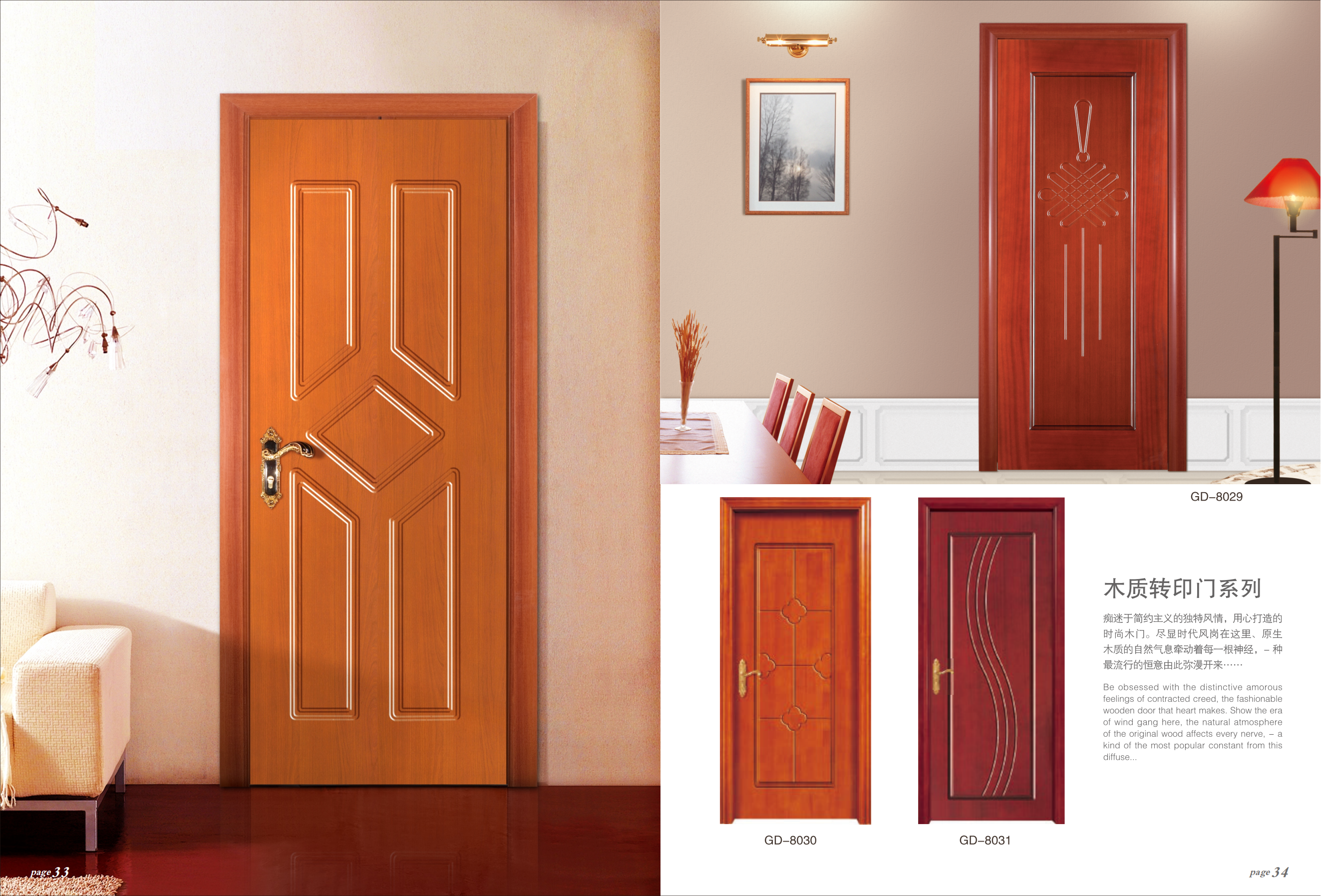
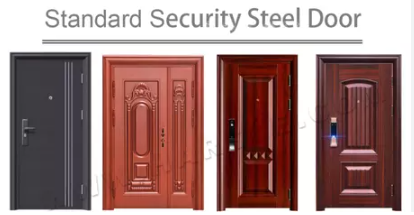
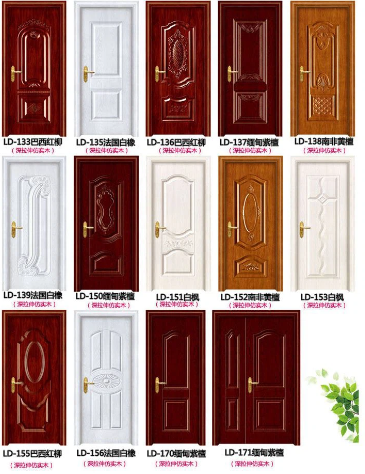
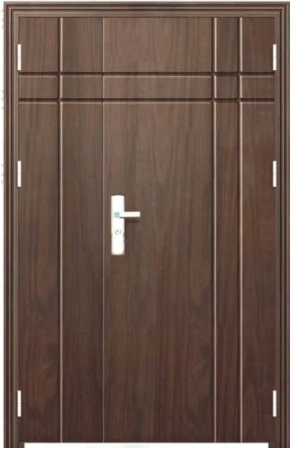
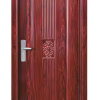
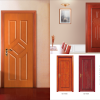
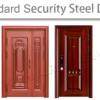
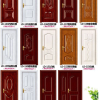
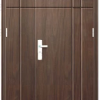
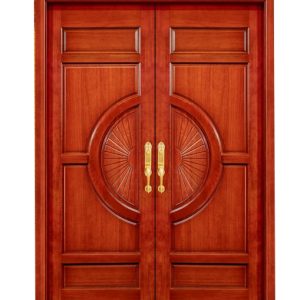
Reviews
There are no reviews yet.